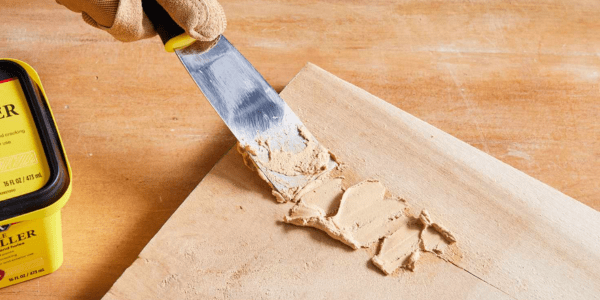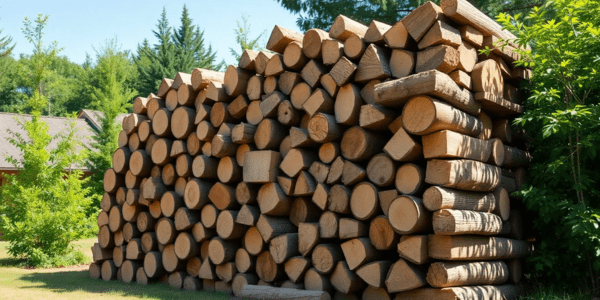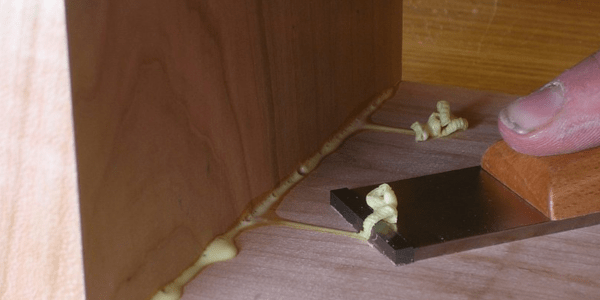Wood putty is a go-to solution for filling minor imperfections, cracks, nail holes, and surface blemishes in wood. Whether you’re working on furniture restoration, floor repairs, or cabinetry touch-ups, knowing how long wood putty takes to dry is crucial for achieving a smooth, durable, and paint-ready finish. The drying time of wood putty can vary widely depending on the product type, application depth, and environmental conditions. Let’s break it all down.
What Is Wood Putty?

Wood putty—also known as wood filler or plastic wood—is a malleable substance used to patch holes and imperfections in finished wood surfaces. Unlike wood filler (which is typically used on raw wood and sanded down), wood putty is often oil-based and used after staining or sealing, especially in woodworking and trim work.
Average Drying Time of Wood Putty
The drying time for wood putty typically ranges between 2 to 24 hours, depending on various factors:
| Putty Type | Typical Dry Time |
| Water-based Putty | 30 minutes to 2 hours |
| Oil-based Putty | 2 to 8 hours (may vary) |
| Solvent-based Putty | 12 to 24 hours |
| Epoxy-based Putty | 20 minutes to 1 hour |
Pro Tip: Always read the product label for manufacturer-recommended drying times and curing instructions.
Factors That Affect Drying Time
- Depth and Size of Application:
- A small, shallow hole will dry much faster than a deep gouge or wide crack.
- For deep repairs, multiple thin layers are recommended for even drying.
- Type of Surface:
- Porous, raw wood absorbs moisture and may reduce drying time.
- Sealed or treated wood may slow down drying, especially for oil-based putties.
- Temperature and Humidity:
- Drying time accelerates in warm, dry conditions (ideal: 60–80°F).
- High humidity or cold environments can significantly delay drying and curing.
- Airflow:
- Good ventilation helps moisture evaporate and speeds up the drying process.
How to Know When Wood Putty Is Dry
- Touch Test: Gently press the surface. If it feels firm and non-tacky, it’s dry to the touch.
- Color Change: Some putties change color slightly as they dry.
- Time Buffer: To be safe, wait a few extra hours beyond the listed dry time before sanding or painting.
Can You Speed Up the Drying Process?
Yes, but with caution:
- Use a fan or dehumidifier to promote air circulation.
- Apply in thin layers rather than one thick coat.
- Use quick-drying putties specifically formulated for fast projects.
- Avoid using direct heat sources like hairdryers—they can cause cracking or uneven curing.
Conclusion
Drying times for wood putty can vary from 30 minutes to 24 hours, depending on the product and conditions. To avoid damaging your project, always follow the manufacturer’s instructions, consider environmental factors, and allow extra time when necessary. A little patience during the drying process ensures a professional, long-lasting finish for any wood repair job.

